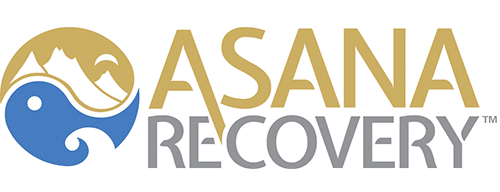Self–harm means hurting yourself on purpose and can involve a variety of unhealthy behaviors such as cutting with a knife, hair pulling, biting, burning, head-butting, hitting, scratching, skin picking, and intentional interference with wound healing. This behavior can occur in addicts as a result of drug use or withdrawal or as part of an underlying mental disorder. Although the goal is not typically suicide, it self-harm can progress to that point or a person can accidentally injure themselves more severely than they meant to, in some cases leading to death.
Self-harm is not typically meant to cause serious injury or lead to suicide, but it’s a way of relieving pain or coping with emotions. Feelings of depression, anxiety, frustration, and anger can lead to self-harm. It may also be a way to deal with pressure at home, school, or work. These feelings are frequently what drive people to substance abuse in the first place, so it’s not surprising that addiction and self-harm frequently co-exist, as they are both means of attempting to self-medicate. It’s also possible that the drug abuse itself was an attempt to self-harm. A study out of Oxford found that approximately 8.7 percent of people who presented at a hospital with signs of deliberate self-harm also abused drugs.
Some substances can increase the occurrence of a self-harming behavior. Amphetamine use can cause psychosis and hallucinations. People report feeling as though bugs are crawling on their skin, which can lead to scratching. They may also hear voices that tell them to injure themselves. One amphetamine called meow-meow, or mephedrone, actually led to a case where a teenager stabbed his mother and cut off his own penis. Benzodiazepines, which are typically prescribed for anxiety disorders and insomnia, have also been linked to self-harming behaviors, particularly during periods of withdrawal, which often causes depression that can lead to self-harm. In one instance, a 62-year-old man was diagnosed with benzodiazepine dependence syndrome after taking the drug for anxiety. He was given another medication to help taper off its use, but less than two days later he became agitated and stabbed himself repeatedly in the stomach.
In addition to the obvious physical dangers of self-injury, it can take an emotional toll as well. It may bring a temporary sense of peace or relief, but much like drugs and alcohol, once that feeling that passed, the feelings you’re trying to suppress will still be there, with the addition of guilt and shame.
If you think a friend or loved one might be self-harming, there are some signs you can look for. They might be wearing long sleeves and pants even in hot weather in an attempt to hide injuries or scars. They might be frequently bruised or bandaged or even have broken bones with no good explanation. Other indications are hair loss, particularly if it looks as though it has been pulled out, isolation, and always having sharp objects on hand.
If you or a loved one need help to quit drugs or alcohol, consider Asana Recovery. We offer medical detox, along with both residential and outpatient programs, and you’ll be supervised by a highly trained staff of medical professionals, counselors, and therapists. Call us any time at (949) 438-4504.



